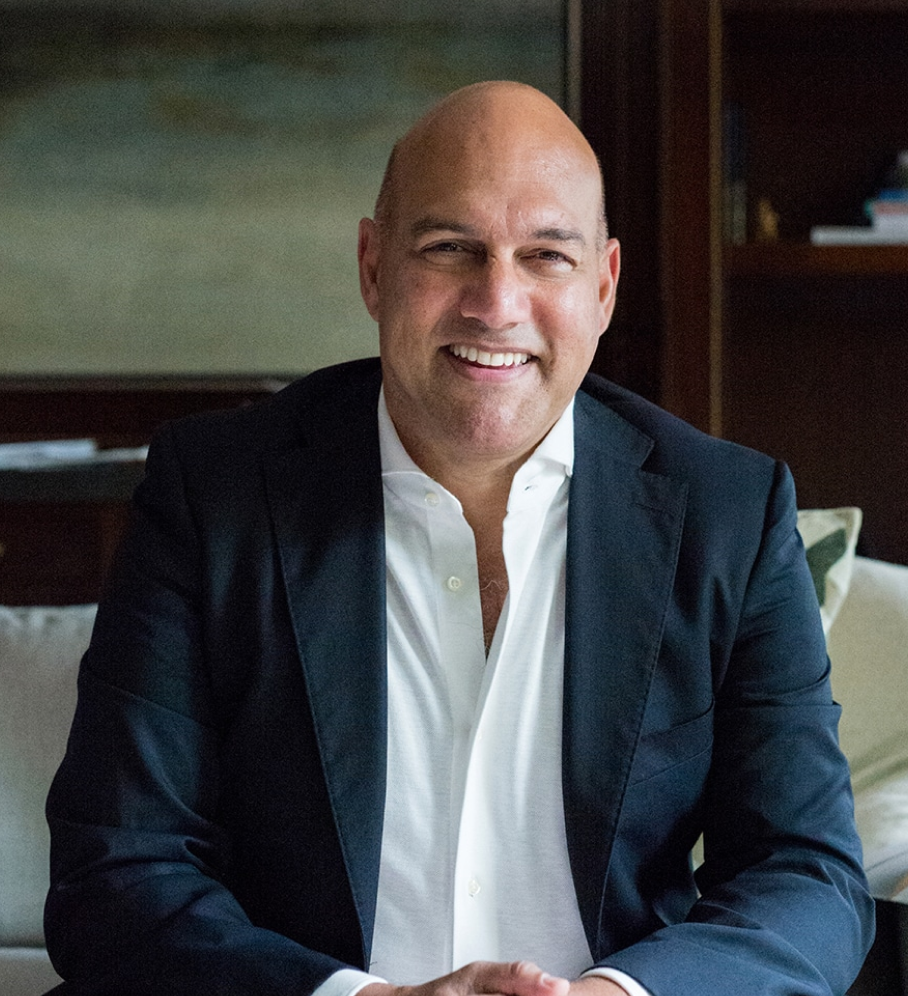Famous MTP Examples
Here are some notable examples of successful companies with great MTPs:
-
Google: With its goal to “Organize the world’s information,” Google is the poster child for MTPs. Note that this MTP is not about what the company does but rather a call to action for its larger community to use Google’s tools and platforms to achieve the company’s stated MTP.
-
Uber: “Go anywhere, Get anything.” Uber’s MTP targets not only the transportation of individuals but also allows the company to explore multiple business models. Ultimately, we can see Uber becoming a platform for all kinds of mobility-based services (e.g., Uber Health, etc.).
-
Danone: “Bring health through food.” Danone has established itself as a world leader in four businesses: dairy and plant-based products, early life nutrition, medical nutrition, and waters. Crucial to the company’s success is that it evaluates all its projects based on its MTP.
-
XPRIZE: “A bridge to abundance for all.” As you might guess, XPRIZE’s MTP was devised by Peter. This MTP is sufficiently wide to encompass a vast range of different initiatives—from prizes for spaceflight to cleaning up oil spills to ocean health to a medical tricorder—while keeping with the guardrails of competition and awards.
-
Infarm: “Feeding the cities of tomorrow.” Germany-based Infarm is the world’s fastest-growing urban farming company, operating out of thousands of stores in 30 cities in 10 countries. The company provides modular units that grow food in supermarket aisles and inside restaurants. These “farms” are owned and controlled remotely by InFarm through a combination of big data, IoT, and cloud analytics. Note how the company’s MTP puts it on a path to create a worldwide farming network to help cities become self-sufficient in their food production while significantly improving the safety, quality, and environmental footprint of their food. The actual nature of this delivery system and the products themselves remain unspecified.
-
Colossal Biosciences: “Bring back extinct animals.” Colossal is a “de-extinction” company whose goal is to develop a process to create and use everything from artificial wombs to advanced software engineering—as well as established tools like CRISPR—to return to existence species that have been gone for thousands, even millions, of years. It is currently implanting modified genes from frozen woolly mammoth cells into female Asian elephants to produce a new species. Note that Colossal’s MTP doesn’t restrict it to either a single process or species. Rather, it has built absolute flexibility into the MTP to allow for a variety of species and the invention of new techniques and tools.
-
Wise.com: “Money without borders.” Wise is a fast-growing fintech company that started with low-fee cross-border transfers and has since grown into a multi-currency, fully digital global bank that provides nearly instant global transfers within its network and saves billions for both people and businesses. Wise was co-founded (and backed by Richard Branson and others) by two Estonians frustrated with traditional ways to send money across borders.
-
Spanx: “Elevating Women.” Sara Blakely devised this MTP to build a multi-billion-dollar enterprise from $5,000 of personal savings.
Now, consider once-famous companies whose demise can largely be blamed on the lack of an MTP:
-
Blackberry: This legendary personal-communication device company never had an MTP. As a result, once it experienced its great global success (remember when everyone important had a Blackberry?), the company had nothing to drive it forward, no larger goal around which to focus its energy and creativity. As a result, between arguing over the company’s direction and pursuing merely incremental improvements in its product line, the company eventually turned inwards and collapsed.
-
Kodak: This venerable organization was one of the most successful consumer companies of all time. And yet, Kodak never developed a larger purpose, such as “Capture the images of human life and the natural world.” It stuck with film and analog cameras, rather than shifting to software applications and digital cameras—and was destroyed in the process.
Join Our ExO Community - Unlock Exponential Growth!
Traditional growth models risk obsolescence. Learn how to become an Exponential Organization (ExO) and drive innovation with disruptive technologies. Sign up now!
Organizations implementing the formula have delivered over
- ⭐ 6.8x high profitability
- ⭐ 40x higher shareholder returns
- ⭐ 11.7x better asset turnover
- ⭐ 2.6x better revenue growth








